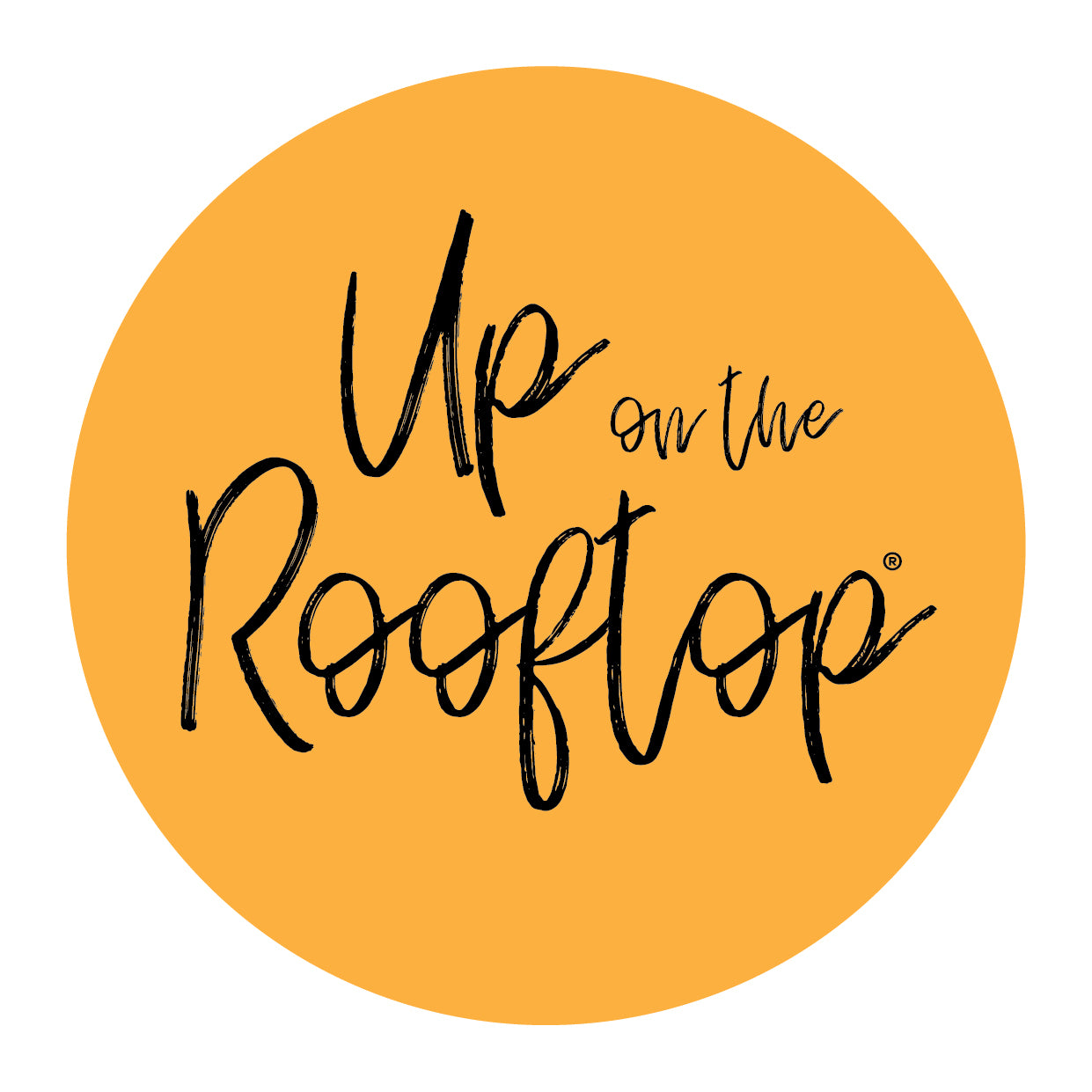Sustainable Watering Solutions In Your Urban Gardening
I’m a big advocate for sustainable gardening and have successfully adapted traditional large space sustainability solutions in my small space Balcony garden.
But what is a sustainable garden?
Well, in a nutshell it’s all about reducing your environmental impact in your garden and gardening activities. Adopting sustainable solutions not only helps the environment but also saves you time.
Take self-watering pots. They’re one of my favourite sustainable gardening techniques. Self-watering pots provide a consistent level of moisture, directly to your plants roots. It’s a far more effective and sustainable way to irrigate your garden with no problem of water run off or evaporation.
How To Turn Any Plant Pot Into A Self-Watering Pot?
Now that you know there is a better and easier way to watering, you don’t need to go out and buy new pots. You can turn the pots you already have into a self-watering pot with an olla.
Pronounced “oya”, a olla is a terracotta vessel that you bury in your pot and fill with water. Terracotta is porous, so the water leaches out directly to the plants roots. Thus providing an efficient and effective watering solution.
Olla irrigation has been around for thousands of years, with various cultures from around the world adopting this clay pot watering technique.
Choose an olla waterpot that best suits your plant pot or container garden size. Our large 3 Litre Waterpot Olla is perfectly suited for outdoor garden beds and larger potted plants, both indoors and outdoors.. Our small and waterpot bird ollas are best suits a medium size pots and garden beds. Our olla’s work best in pots with a diameter of 40cm or more.
How To Use A Self-Watering Olla Waterpot?
Unlike a modern self-watering tap feed system, there is no complicated set up for olla irrigation.You are best to bury your olla in a position in your pot where you can plant around it. Leave the neck above the pot shoulder, so that dirt and debris doesn’t fall into it .
If you’re using it in a garden bed place an olla every 30cm in your garden for maximum coverage.
Keep an eye on the water level in your Olla and top up as needed.
I recommend covering using the included lid to minimise evaporation and prevent mosquitoes breeding.
Use slightly sandy or coarse textured soils in your pots or garden bed as heavy clay soils don't dissipate water well.
Your olla will irrigate the plants around 30cm of the neck. Plants with long roots, such as tomatoes, can be placed furthest from the centre. Plants with shorter roots should be placed closer.
Check out our instructional video.
What Are The Benefits Of Self - Watering Olla Pots?
- Olla’s naturally regulate your gardens hydration in the wet or dry, reducing the need for you to do the watering..
- Olla waterpots are easy to install.
- Olla’s save water, as evaporation and water runoff is eliminated.
- Self-watering olla pots direct water to the roots, promoting better plant health and yields for vegetable gardens.
- Olla’s are adaptable and portable making them a perfect self-watering solution for small urban gardens, balconies and patios.
How To Care For Your Olla Waterpot?
It’s nice to know that in this modern “disposable” world that your Waterpot Olla will last for years, with a little TLC.If you are not using a waterpot lid on your olla, you may find that dirt and leaves will accidentally find their way into your waterpot. It is best to clean this out, as big build up can cause the olla to become less effective. If it’s just a bit of lose dirt or debris you can fill your waterpot with water and as the dirt floats to the top, swish it out.
If dirt is more built-up, simply, dig up your olla, tilt it on its side and spray the inside with your hose until the dirt washes out.
In the cooler, wetter months of the year you may want to empty your olla of water, as the extra water provided by increased rain may mean you don’t need to be watering at all.
If you are in a frost or ice prone area remove all water and place a lid or bucket over the top. This will prevent water from freezing in your olla and causing it to break.
Self-Watering For Indoor Plants
Indoor plants are wonderful. They are said to improve your mood, reduce fatigue and lower stress levels. That’s as long as you don't have the worry of how often to water your plants.
Let your plants water themselves with a self watering water spike.
Like with our olla’s, a terracotta water spike, will allow your plant to draw its water requirements as needed. It leaches water slowly into the soil, never saturating it and only drawn by the plant when needed.
Our Water Spikes have been designed with a narrow shape to conveniently fit into smaller pots. But this doesn’t mean a lesser water supply and more topping up. Our clever water spike system incorporates an inverted water bottle.Olla Water Spikes help prevent root rot. A problem that many indoor plant owners face, when over watering their beloved plants.












